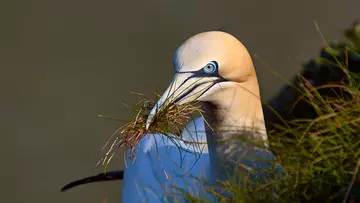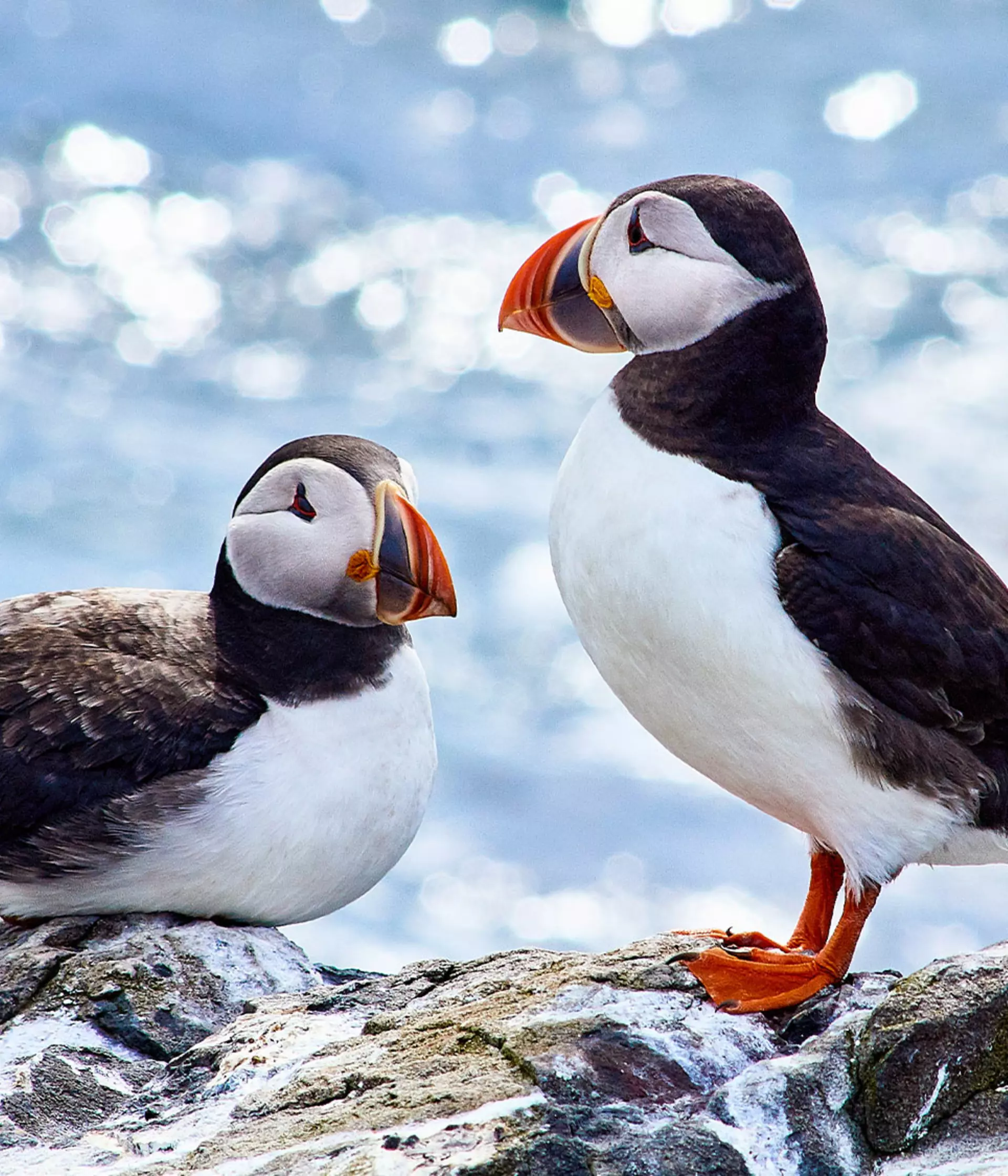
ZSL
Zoological Society of London
New ZSL-led study shows how latest knowledge of climate change threats could be better connected with conservation action to protect seabirds and other at-risk species.
Seabirds such as kittiwakes and puffins are being put at higher risk from a disconnection between conservation efforts on the ground, and research on climate change threats. However, a new study led by ZSL Institute of Zoology, says that better integration of the two is possible to safeguard biodiversity.
Seabirds represent one of the most threatened groups of birds in the world with almost half of all species in decline. They are also significantly directly and indirectly threatened by climate change, such as from heatwaves, extreme wind and rain, and changes in food availability in response to changing climatic conditions which mean lack of fish in particular for chicks during the nesting season.

The authors of the new study published today in the Journal of Applied Ecology, show that climate change threats highlighted by European seabird conservation groups are often poorly understood, and that there are several threats highlighted by researchers and conservation groups without clear conservation actions in response. In fact, almost a third (29%) of possible conservation interventions aimed at reducing the impacts of climate change, are linked to conflicting evidence or a lack of information to make solid conclusions about how effective they are.
Hedgehog conservation in action
Leading conservation experts working on the study, including ZSL, Cambridge University, BirdLife International, RSPB and the IUCN Climate Change Specialist Group say that stronger integration is possible and propose a framework to link research and management that could also be applied to other species too.
Lead author and ZSL Institute of Zoology post-doctoral fellow, Henry Hakkinen said: “There is a real opportunity here to identify missing information and marry existing research on the risks of climate change with effective conservation and wildlife management.”
"Through our work we have identified several climate change threats and conservation actions which are well understood, but also several threats that are poorly understood and several actions that have very limited or mixed evidence on their effectiveness. Seabirds in Europe are heavily researched and receive quite a lot of conservation attention. They are also heavily impacted by climate change, so are a good species group to start with. These gaps urgently need addressing if we want to work out how we can best help seabirds adapt to climate change and survive."
A series of surveys were sent to more than 180 seabird conservation practitioners across Western Europe. The team identified major knowledge gaps and began tallying up some of the ways in which conservation action could address some of the major threats posed to the species by climate change.
For example, 45% of those surveyed said that disease risk from climate change was a serious threat to seabird populations, but the study unveiled that more needed to be done to monitor the effectiveness of conservation tools available to practitioners to address this. Hand rearing and vaccinations are suggested tools that could help with the issue.
Threats from temperature extremes, storms and habitat alteration due to climate change can have a detrimental effect on seabirds, leading for example to reduced food availability and fewer nesting sites. Artificial nests, translocations and protective barriers for nests were proposed as possible solutions. However, while some of these interventions are known to be effective, important knowledge gaps remain.

Co-author, Dr Silviu Petrovan at the Department of Zoology the University of Cambridge said: “Climate change is happening at frightful pace but our understanding of and the testing of practical responses for protecting biodiversity are lagging behind. This must change if we are to make substantive improvements and seabirds are an urgent example.
“We need to be pragmatic and evidence-based but also bold and explore new approaches including, where appropriate, supporting colonisations of new habitat or even creating new habitats or breeding structures for seabirds. Bridging climate change research and conservation action has never been more important.”
Subscribe for ZSL conservation updates
Frameworks which link pressures on the environment, their effect on biodiversity and ways society can respond, are often used in global policy making to translate research to action. The paper suggests that the ‘state-response framework’ could be applied to specific groups of species or ecosystems to identify existing gaps between research and conservation solutions for wildlife most at risk.
ZSL Senior Research Fellow and senior author, Dr Nathalie Pettorelli said: “We need to get better at connecting climate change research and evidence of intervention effectiveness if we are to optimise opportunities to safeguard a future for the species most at risk. Our study provides an easily transferable approach for identifying missing information and areas where connections between research and management need to be tightened to improve conservation outcomes.”
Climate change and human activity have pushed our precious planet to its limit causing massive habitat and species loss. When nature loses, we all do. Urgent action to help people and wildlife live better together, is the only way to save the natural world we love and depend upon. That’s where ZSL comes in, and where you can play your part.
